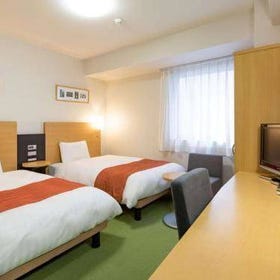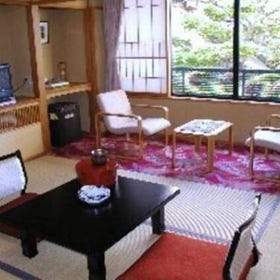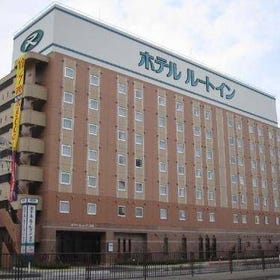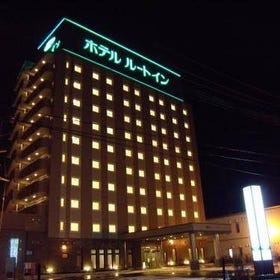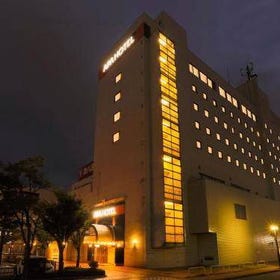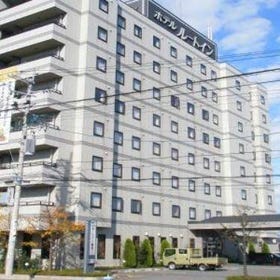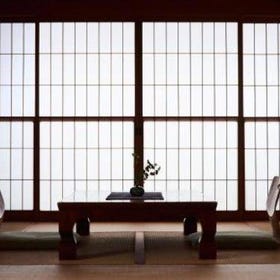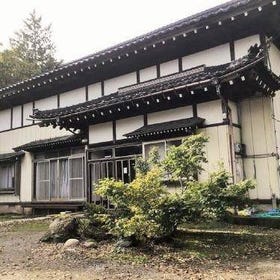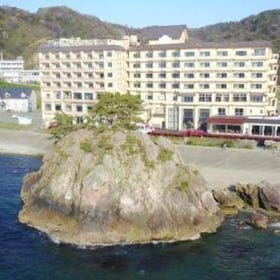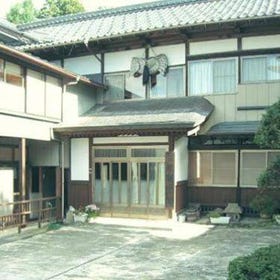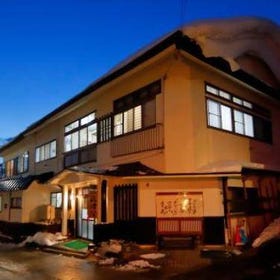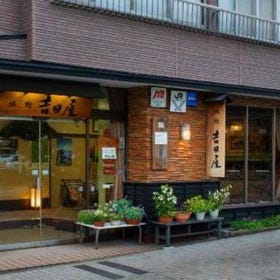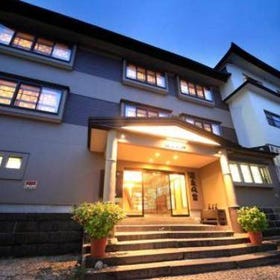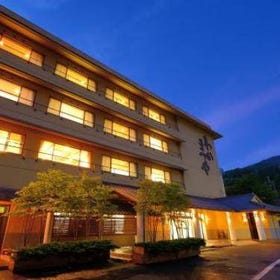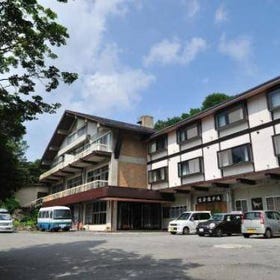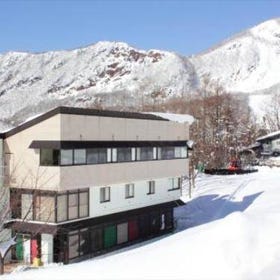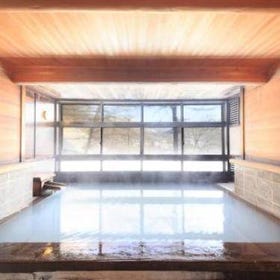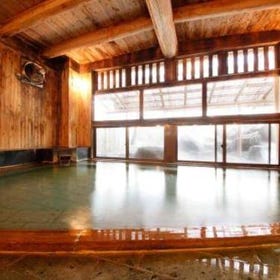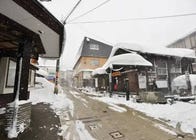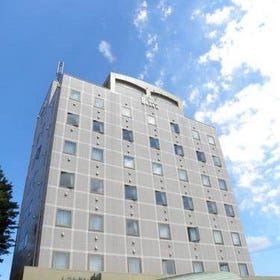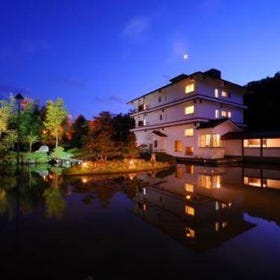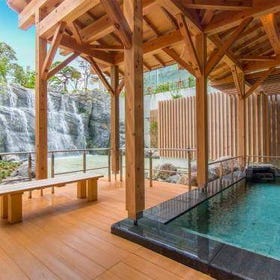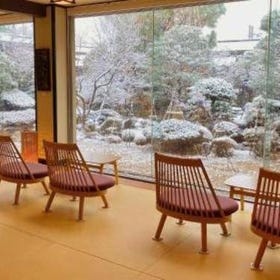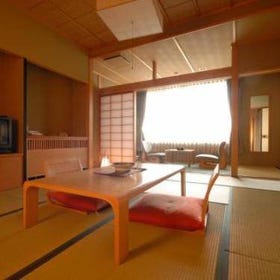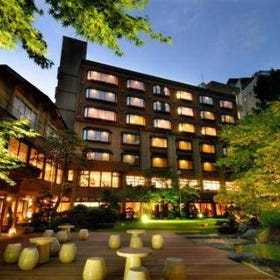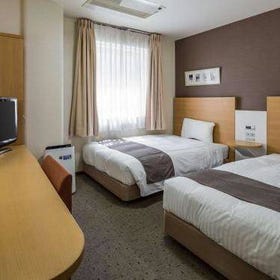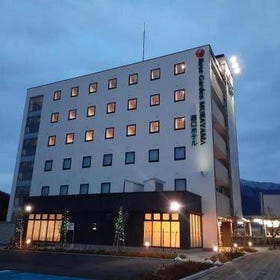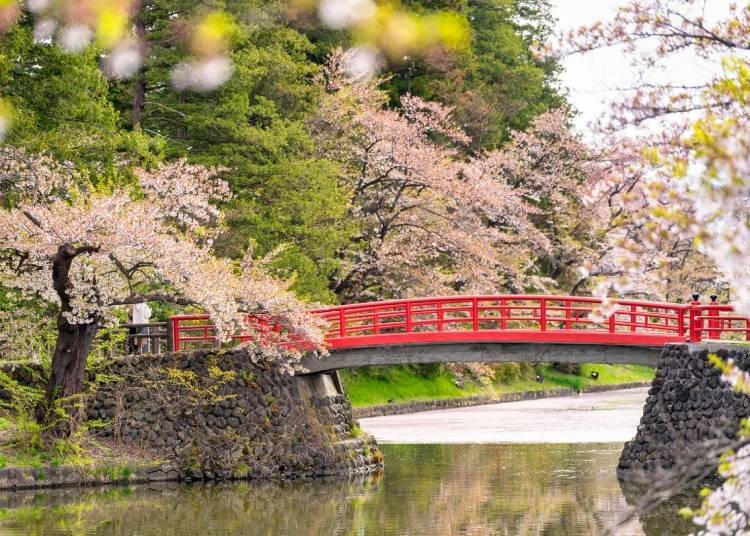
Well off the beaten path of major tourist spots like Tokyo and Kyoto, Yamagata Prefecture is located in the northeastern region of Japan called Tohoku.
In Yamagata, you can experience a more authentic side of Japan, with fewer tourists and a lot more nature. In fact, Yamagata is a paradise for nature lovers and sports enthusiasts, boasting great skiing locations and hundreds of hiking trails that lead to temples tucked away in beautiful forests.
But that doesn’t mean you have to miss the more modern side of the country either. Yamagata City is a city of over one million people, with museums and cafes, as well as excellent restaurants and shopping. Here we introduce some of the best places to stay in Yamagata Prefecture.
Main image: PIXTA
What kind of area is Yamagata, and why stay here?
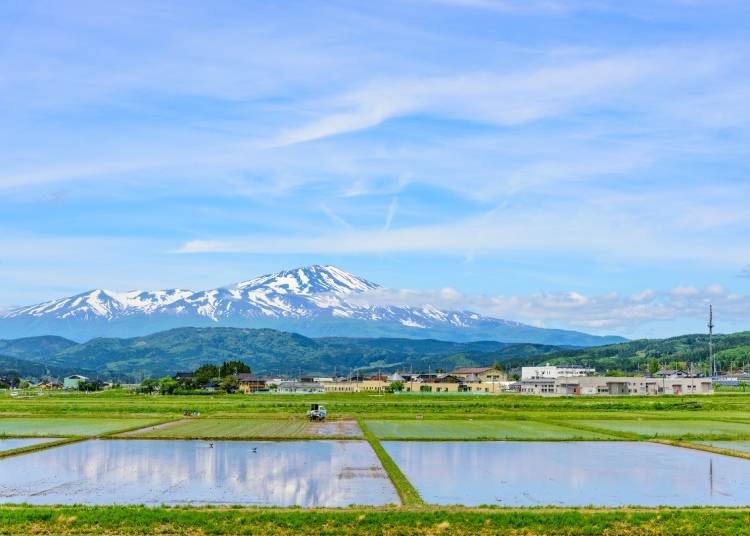
Staying in Yamagata means seeing a side of Japan that many tourists miss. The northern region of Japan is very much for nature lovers. Here you can also find many beautiful Japanese towns filled with a quaint, warm atmosphere.
Whether you are into cycling routes through deep forests, hiking to remote waterfalls, or skiing down great mountains, there is something for everyone who wants to get outside and explore.
Since Yamagata isn't a hugely popular tourist destination like Tokyo or Kyoto, you will find a quieter side to Japan, and get to experience the culture that locals enjoy, like soaking in hot springs and checking out niche museums.
Don’t rule out Yamagata when planning your Japanese vacation!
How to decide on where to stay in Yamagata
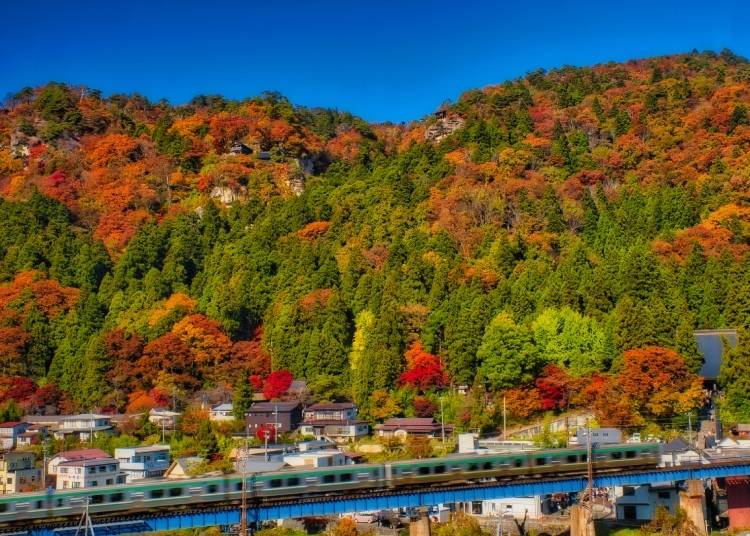
Choosing where to stay in Yamagata will be largely dictated by what you want to do while you are there. Each area has its own merits and perks, but most people travel to Yamagata for skiing, hiking, or Japanese history.
Proximity to sights and type of experience
Depending on what you want to see while in Yamagata, there are a few different places to consider.
Yamagata Prefecture is divided into four areas: Shonai (in the northwest, along the Japan Sea coast), Mogami (northeast), Murayama (east-central Yamagata), and Okitama (in the south).
The Shonai area is home to a wealth of historical and cultural areas, like Mt. Haguro, Hiyoyiyama Park, and the Homma Art Museum.
In the northeast, the Mogami area has a variety of beautiful natural landscapes, like the Shikamura Rice Terraces and the Mogami River, as well as scenic hot springs towns like Hijiori Onsen.
The Murayama area is home to a variety of famous sightseeing areas like Ginzan Onsen, Zao Onsen, and Risshaku-ji Temple (Yamadera). This area is also popular for snow, like Mt. Gassan Ski Resort and the 'Snow Monsters' of Mt. Zao. Foodies and shopaholics will appreciate Yamagata City near the station.
Finally, the Okitama area is home to Onogawa Onsen and a number of other hot springs villages, as well as Mifuchi Keikoku Valley and the scenic Shirakawa Dam Kogan Park.
Accessibility
You also need to think about your mode of travel. If you are able to do so, renting a car makes things much easier in the northern regions of Japan. Having a car means you can access more remote spots, so searching for hotels will be easier.
Of course, the train system is still excellent in Yamagata and can take you almost anywhere you want to go. Make sure you look at the activities you are interested in before booking something, so you are close enough to enjoy it all.
Types of accommodations in the same area
If you don’t want to take long train rides to get to your destination every day, think about staying in a more central location, where you will have easier access to tourist spots, restaurants, and nightlife.
In the cities themselves, you will have your choice of luxury Japanese inns, mid-range business hotels, and even guesthouses. In more outlying areas like the mountains, you might only find higher-priced resorts, so be sure to keep your price range in mind while searching.
5 Main places to stay in Yamagata Prefecture
1. Yamagata City area
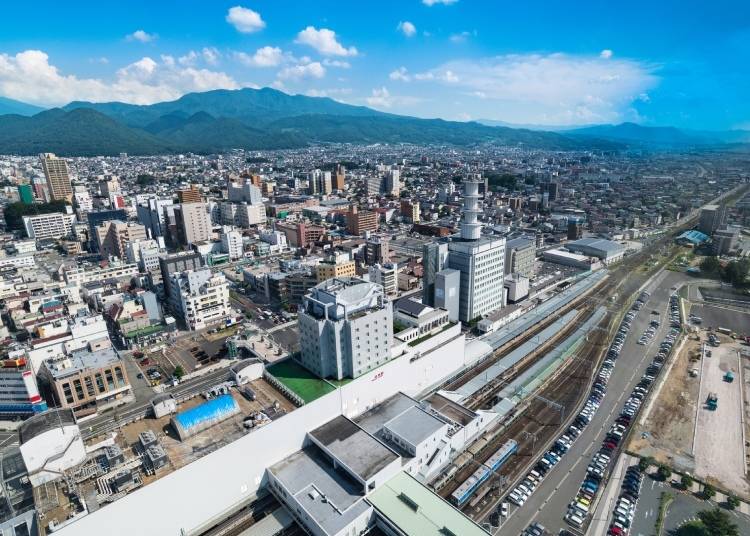
Yamagata City is the place to stay if you want a vacation packed full of events and energy. It is the perfect hub for someone who doesn’t mind a bit of travel to see a lot of different sites.
Surrounded by mountains, the city is a metropolitan center in the middle of a ton of natural scenery. This means you can enjoy the more modern side of Japan, with cuisine and nightlife while staying inside the city, and then take short side trips to explore a more traditional side with temples and waterfalls.
All the major festivals and events center around this capital city, so staying here is great if you want to see the annual cherry festival in the spring or the Imoni festival dancers in the fall.
If you want to experience Japanese cuisine, Yamagata City has plenty to choose from. From small traditional restaurants with northern Japanese dishes to modern cafes, you are sure to find something that fits your tastes. Make sure to try the Yamagata City delicacies like local cherries and hearty “imoni” soup.
Recommended places to stay in Yamagata City
2. Coastal Area (Sakata, Tsuruoka)
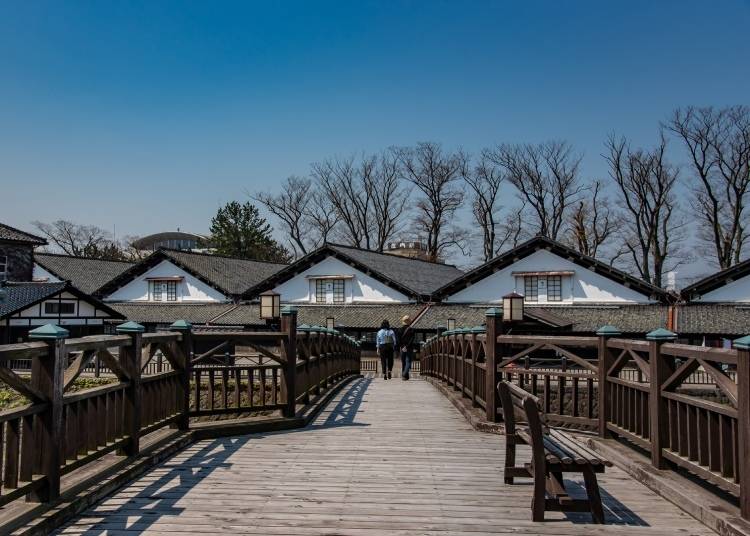
If you are into the natural side of Japan and want to explore waterfalls, mountain trails, and sea views, then heading to the more northern coastal area is your best bet. The cities here include Tsuruoka and Sakata, which have plenty to see and do.
Yamagata Prefecture has hundreds of waterfalls; this is the area to see plenty of them, or stick to the coast and take a ferry ride to see the natural wonders of ancient harbor towns.
This area of Japan is steeped in rich history, from the maritime road that runs through the region, to the largest collection of sacred Buddhist mummies. If you love delving into Japan’s past, staying in this area will give you plenty of access to museums and temples to satisfy your curiosities.
Tsuruoka in particular is conveniently located near Dewasanzan-jinja Shrine and Mount Haguro.
Recommended places to stay in Sakata City
Recommended places to stay in Tsuruoka City
3. Mt. Zao Area
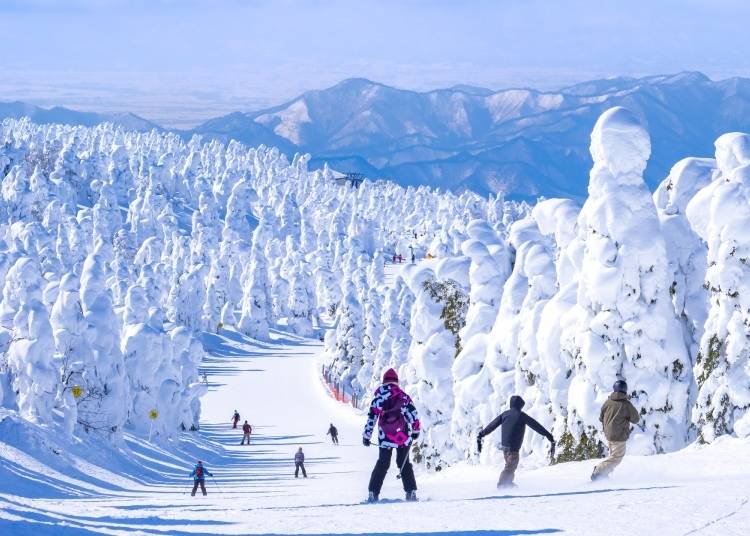
Though Mt. Zao isn’t that far from Yamagata City, this area has so much to see and do, you will want to be as close as possible.
Mt. Zao is home to a ski resort that is one of the largest in the Tohoku region. If you like skiing or snowboarding, then staying here in the winter will give you access to all the slopes you could want. The region has abundant snowfall each winter so whether you are a beginner or more experienced, there will be plenty of runs for you to try out.
When you are done pushing your body on the slopes, check out the mountain's hot spring spa for piping-hot water to warm up your bones. The natural springs flow into gorgeous outdoor baths that you can enjoy any season.
Outside of the winter season, Mt. Zao is also home to dozens of hiking trails, so you can enjoy the cherry blossoms in the spring, and the autumn leaves in the fall, as well as lush green summer forests.
Recommended places to stay in Zao Onsen
4. Yonezawa
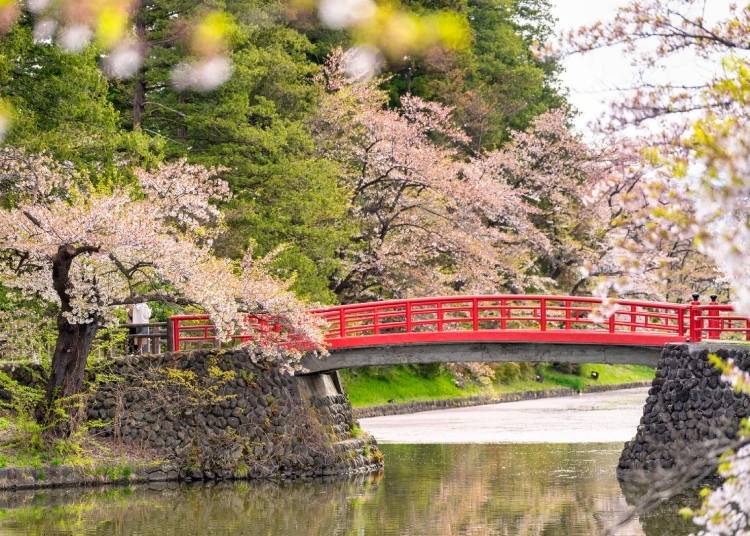
The Yonezawa area is a rare gem in Japan. This more remote area can give you a glimpse into rural Japan that most foreign tourists might miss. With a rich samurai history, Yonezawa is home to ancient castle ruins, outdoor hot springs, and abundant nature for hikers and cyclists.
Fans of Japanese cuisine will love visiting Yonezawa to taste the nationally renowned Yonezawa beef. During the first week of August, there is a festival in which this famous beef is cooked in a huge outdoor barbeque. But don’t worry if you are visiting outside of the summer months, Yonezawa beef is available in restaurants all year round.
From late April to early May you can catch the Uesugi festival. Named after a revered feudal leader who brought the small town to prosperity in the early 16th century. This festival honors the ancient samurai with reenactments of war battles. Perfect for the history buff who wants to travel back in time and take a peek at ancient Japan.
Recommended places to stay in Yonezawa City
5. Northern Area (Tendo, Higashine)
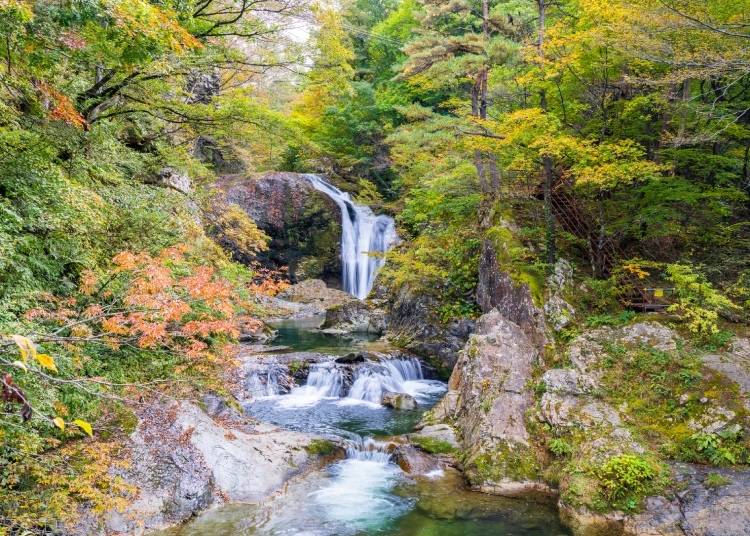
A few special towns lay to the north of Yamagata City, and each offers an abundance of less-known Japanese cultural gems that will show you a unique side to Japanese rural life.
Tendo is a town that is well known for the Japanese game shogi, kind of like a version of Japanese chess that became popular all over the world. Ninety percent of all Japanese shogi pieces are made in Tendo. If you want to know more about shogi you can visit Tendo’s shogi museum, or in the spring, check out shogi masters playing the game on a giant board under cherry blossoms, with human pieces dressed in costumes used to make their moves.
If shogi isn’t your thing, Tendo still has plenty to offer, with small shrines, hot springs, and tons of great art museums that showcase pieces of Japanese history.
Another great little town, Higashine, is home to a special kind of cherry. It is affectionately known as “fruit land” where you can try delicious local fruit like cherries, grapes, and pears.
Staying in Higashine will give you access to Ginzan Onsen, a famous hot spring known for its excellent water quality, as well as access to mountains for great viewpoints and cycling trails.
If you cannot book a hotel in Ginzan Onsen, Tendo and Higashine are good alternatives for planning a day trip.
Recommended places to stay in Tendo City
Recommended places to stay in Higashine
Best seasons to visit Yamagata
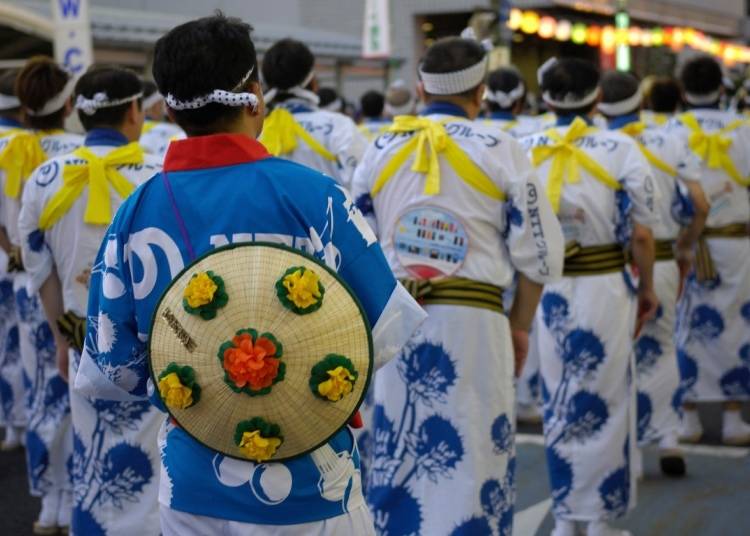
Yamagata has plenty to do for every season, but certain times of the year can be more busy depending on events.
Zao Onsen as well as Ginzan Onsen in the north are popular during the winter months when people want to soak in the hot springs or snap photos of the beautiful old buildings. Mt. Zao is also super busy in the winter with tourists traveling from all over to ski and snowboard or to see the "snow monsters," so expect the ski resorts to be booked up well before the season starts.
In autumn Yamagata City has the Imoni festival, in which a massive cauldron is set up to make traditional imoni soup. People flock to the riverside to enjoy the autumn leaves and warm up with this delicious treat. Autumn is also a popular time for tourists to go to Yamadera temple, as the leaves in the forest turn to dozens of shades of red, orange, and yellow.
In the summer, the Yamagata Hanagasa festival draws people from all over Japan. The festival includes a three-day midsummer celebration with a parade of dancers wearing summer costumes and dancing to historical Japanese melodies.
All in all, Yamagata is pretty far off the path for foreign tourists, so it will usually be easy to find somewhere to stay during almost any season.
- Area
- Category
*Prices and options mentioned are subject to change.
*Unless stated otherwise, all prices include tax.
Recommended places for you
-
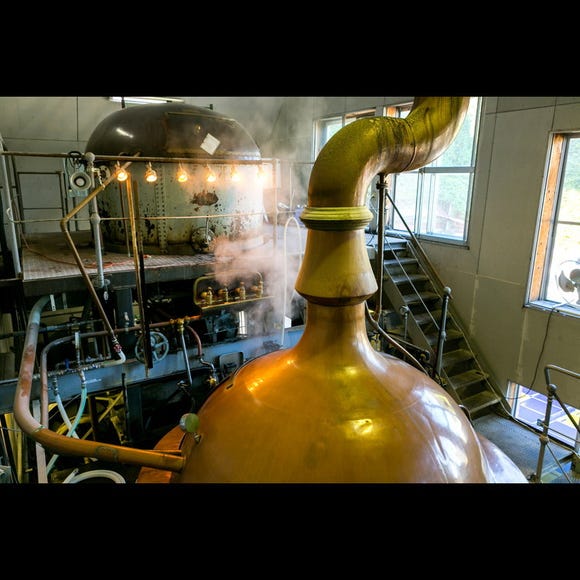
Baeren Brewery Co., Ltd.
Other Sightseeing
Morioka, Hiraizumi And Hachimantai
-

Koiwai Farm
Other Nature
Morioka, Hiraizumi And Hachimantai
-

Ginzan Onsen
Hot Springs (Onsen) & Bath Houses (Sento)
Surrounding Areas Of Yamagata
-
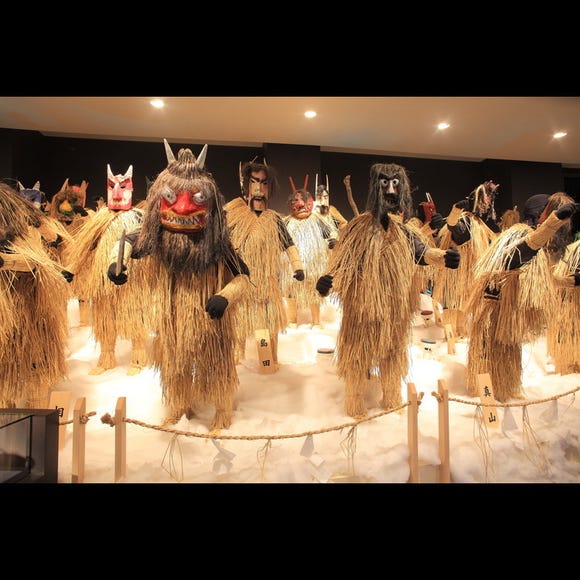
Namahage Museum
Other Museums
Surrounding Areas Of Akita
-

Aomori Museum of Art
Art Museums
Aomori, Hirosaki And Hachinohe
-

Aomori Nebuta Festival
Japanese Festivals (Matsuri)
Aomori, Hirosaki And Hachinohe
-

Top 10 Places in Iwate to See the Cherry Blossoms in 2025
by: Alexander Litz
-

Shopping in Akita: 11 Must-Buy Souvenirs & Where to Shop Near the Station and Airport
by: ShiroKu inc.
-

Top 10 Places in Akita to See the Cherry Blossoms in 2025
by: Alexander Litz
-

What to Buy in Aomori? 11 Aomori Souvenirs Locals Actually Recommend
by: ShiroKu inc.
-

Smart Ways to Avoid Crowds and Enjoy a Safe, Comfortable Trip to Myoko, Niigata Prefecture.
-
Ad

Meet GU, UNIQLO’s Stylish Sister Brand! Fashion-Forward Clothing in the Latest Colors (Featuring Exclusive Coupon)
-

Tohoku's Top 5 Resort Hotels with Snow Activities Your Kids Will Love!
-

Aizu-Wakamatsu Sake Crawl: Enjoy the Heart of Fukushima's Sake Culture
-

Where to Stay in Hirosaki? 8 Conveniently Located Hotels in Hirosaki (Aomori)
by: Sarah Dean
-

Kamaishi Japan: Kamaishi Unosumai Recovery Stadium and Sightseeing Spots in Japan’s Rugby Town
-

Autumn in Japan 2024: Fall Foliage Forecast & Where to Enjoy the Colorful Leaves (+Tour Info)
-

2-Day Sightseeing Getaway to Hoshino Resort Oirase Keiryu Hotel (Aomori)
by: Miyu Shimada














